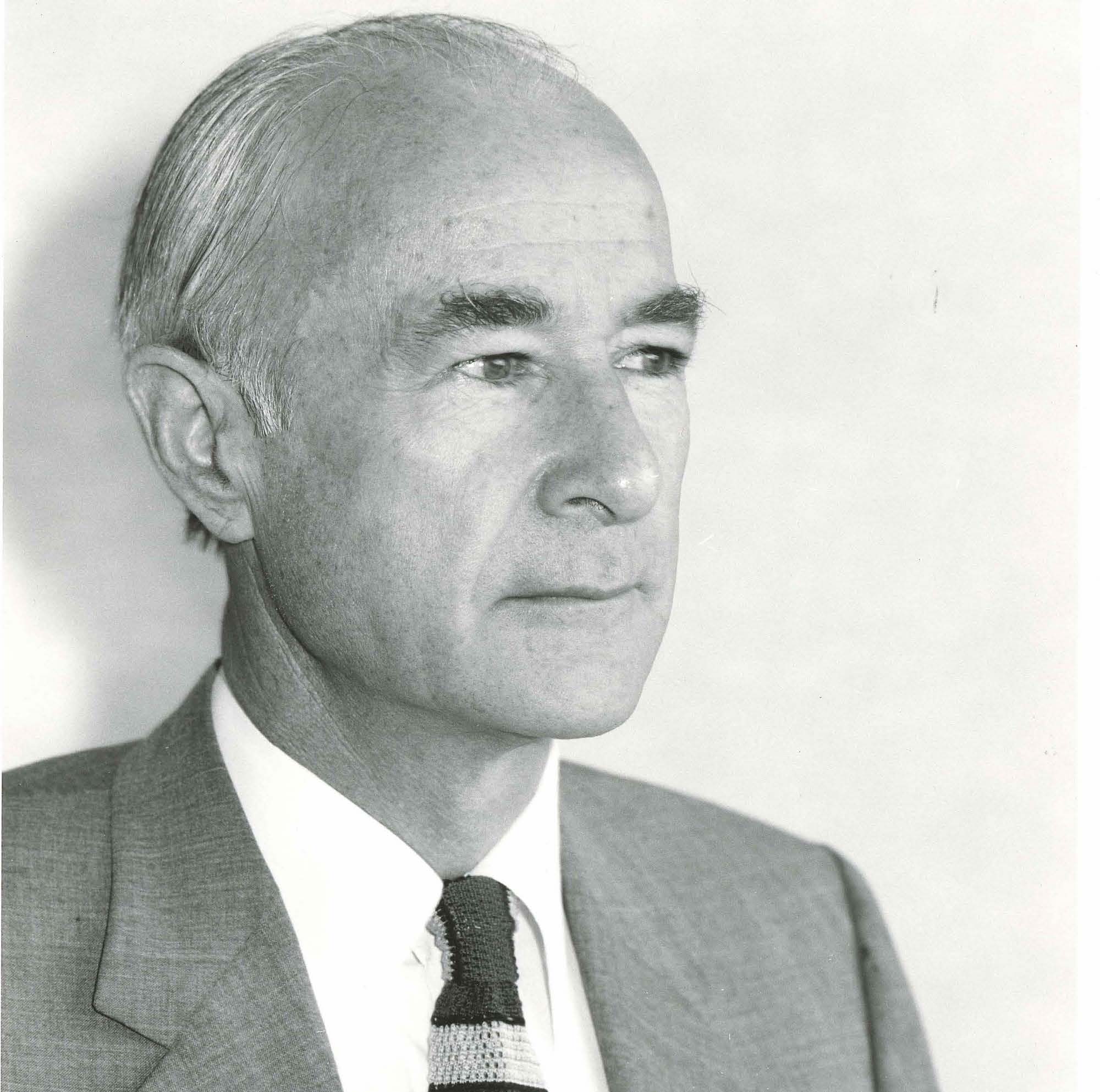
Andrew Caillard MW reflects on the life of wine pioneer Ray Kidd who has passed away. This information has been taken from The Australian Ark.
Ray Kidd (1926-2025)
The Australian wine industry has a habit of forgetting or downgrading the efforts of its pioneers.
Marketing spin, a celebrity culture, regional politics, powerful egos and cronyism often seem to get in the way of truth.
For instance, William Macarthur’s importance is largely overshadowed by James Busby and his 1832 ‘great importation’ of vine stock.
Ray Beckwith, Penfolds oenologist who discovered the relationship between pH and wine stability and instigated a system to protect wine from spoilage, was barely known until his colossal story was revealed in the early 2000s, nearly 70 years after his ground-breaking discovery.
It is curious, even embarrassing, that one of Australia’s foremost post-war wine pioneers was never properly recognised by the wine industry.
Ray Kidd (1926-2025), who recently died, was a brilliant and inspiring leader of the post-war period (1949-1986). His contribution to the modernisation and success of the Australian wine industry was simply magnificent.
Raymond Hunter Kidd was born at Renmark in 1926 and grew up on his family’s vineyard.
After completing high school he joined the Air Training Corps while also working as a junior casual for the Renmark Growers Cooperative.
At the age of 18 he was transferred into the Royal Australian Airforce, but did not see active service because the war was coming to an end.
By early 1946 he enrolled at Roseworthy Agricultural College where he studied agriculture and oenology with other significant wine people of the post-war era including Doug Collett, Norman Hanckel, John Stanford and Don Ditter.
During his studies, Ray Kidd worked the 1948 vintage with Lindemans at Corowa in New South Wales.
After completion of the oenology course in 1948 the wine company offered him a permanent role as a winemaker. This would have a profound impact on the success of Lindemans and the direction of Australian wine.
As the driving force behind Lindemans, Ray Kidd almost single-handedly took the Australian wine industry out of the wilderness.
The changing face of the Australian consumer, on account of huge post-war immigration and the development of European tastes, meant a shift in market sentiment and demand.
Previously “swamped with sweet sherry”, Ray Kidd’s Lindemans Ben Ean Moselle (with a residual sugar of 20 grams per litre) quickly became the Australian market’s number one seller.
By 1959 it already represented 20 percent of all bottled wine sales in the heavily brewery-controlled retail market. He achieved similar success some years later with Leo Buring Leibfrauwine.
Through happenstance and depletion of Lindeman’s top management, Ray Kidd’s ascendancy through the company’s ranks was meteoric. As ‘the last man standing’ he became managing director in 1962.
With a long arm into the wine industry, Kidd shaped expectations of wine quality and style at the time.
Between 1948 and 1968 the Australian market had transitioned from ‘a 90 percent fortified wine market to a 90 percent table wine market’.
Kidd observed, “Many early white and red table wines were completely undrinkable. Such was the rate of change.”
With ambitions to make “elegant flowery, clean, fresh and well-balanced wines”, he encouraged his winemakers and suppliers (including The Stanley Wine Company, Berri Co-op, Knappstein, Henschke, d’Arenberg and Bleasdale) to invest in technology, vineyards and people.
As Lindemans expanded, Ray Kidd equipped his wineries with refrigeration, pressure fermenters, own-designed drainers and Willmes air-bag presses.
He purchased Leo Buring (1962) in the Clare Valley and Rouge Homme (1966) in Coonawarra.
He pioneered the Padthaway wine region, introduced Lindemans Private Bin and Reserve Private Bin wines, supported Australian wine shows, and began a ‘Classic-Release’ program of a previously unimaginable scale.
He instigated the replanting of the Clare Valley’s iconic Florita Vineyard with Riesling (now owned by Jim Barry) and created the multi-trophy winning Lindemans Limestone Ridge and St George single vineyard wines.
While he was reluctant to use the word protégé he certainly empowered a whole generation of winemakers including Phil Laffer, John Vickery, Peter Weste, Phillip John, Philip Shaw and Steve Webber.
He also plucked the ‘untrained’ Jerry Sissingh and Karl Stockhausen out of obscurity.
Ray Kidd recognised their inherent talent and believed in them.
Karl Stockhausen’s 1965 Lindemans Bin 3100 Hunter River Burgundy is one of Australia’s greatest wines of the 20th Century.
Ray Kidd’s perfectionist, hygiene-fanatical Lindemans ‘Nursery’ set a standard and work ethic that defines Australian winemaking.
One visiting German winemaker, on a three-week secondment to Lindemans in the Hunter Valley, complained of Jerry Sissingh being “a complete maniac”.
After a two-week stint at Leo Buring, he bemoaned John Vickery’s unremitting perfectionism.
During the 1970s Ray Kidd established the first greenfield winery at Karadoc in a generation and oversaw the creation of Lindemans Bin 65 Chardonnay, another category-killer during the 1980s.
A child of the Depression and the product of a post-war society, Ray Kidd built Lindemans on thrift, cleanliness, quality and commercial instinct.
He rolled with the punches of corporate process and made things happen.
Yet as a thinker and art-lover, particularly of Fred Williams and William Robinson, he had an incredible empathy for the uniqueness of the Australian aesthetic; not only of the landscape, but also the character of our people and the potential of Australian wine.
In June 2024 Ray Hunter Kidd OAM was awarded an Order of Australia Medal in the King’s Birthday Honours for his contribution to the arts and oenology.
He died on 14 February 2025.
Photograph: The University of Adelaide.








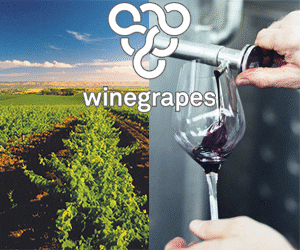
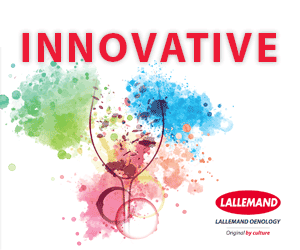
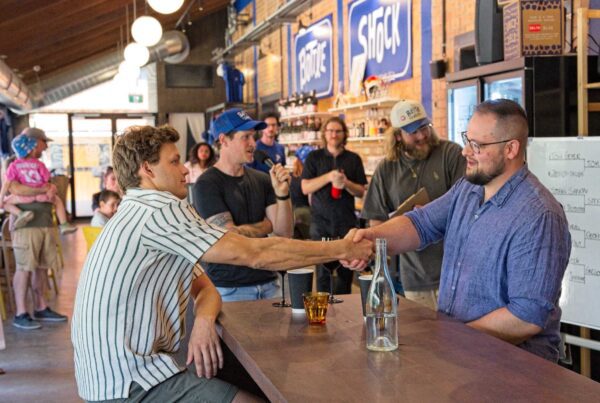
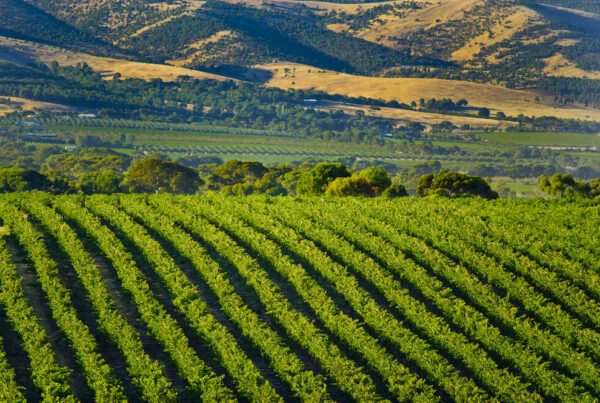
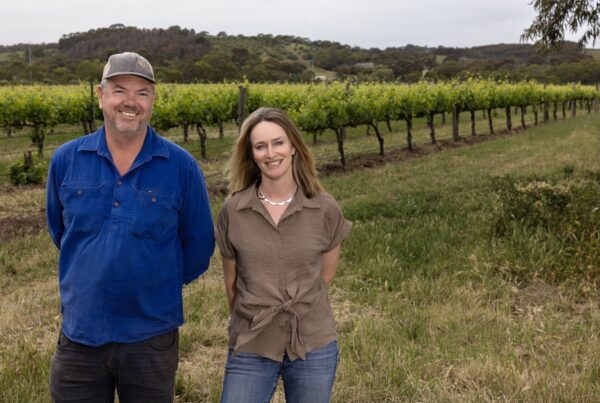
Well done Andrew
I knew Ray very well as we both grew up in Renmark. I made millions of gallons of wine for him when I was at Stanley Wines. He was a great help in advising Stanley management about what I needed to make good wine, such as refrigeration, Willmes presses etc.
Now that he has gone I may be the oldest living Australian winemaker. I will be 97 on May 12th 2025